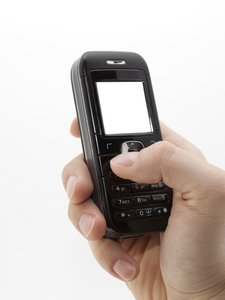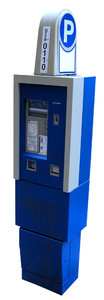Ambien and other sleeping pills help people throughout the Boston area to get a good night’s rest. Unfortunately, new research has revealed that the active ingredient in Ambien, Zolpimist, Edluar and certain generic sleeping pills doesn’t completely wear off by morning. As a result, there are lots of drivers on their morning commutes who are still groggy due to sleeping pills.
According to Boston.com, the FDA has recently issued an order requiring drug makers to lower the dose of sleep medication in these popular sleeping pills. Our Boston car accident attorneys want to make sure everyone is aware that these sleeping medications can create an auto accident risk. If you have old pills in your cabinet, you should use proper safety precautions to make sure you are not driving when you are impaired. 
The New FDA Requirements for Sleeping Pills
The FDA is targeting all sleep aids that contain the active ingredient zolpidem, which includes Ambien and several other brands. Sleep pills with different active ingredients, such as Sonata and Lunesta, are not required by the FDA to make any changes at this time.
For the affected drugs, the FDA is mandating that doses for women be cut in half since women’s bodies are slower to process the drug. This means that doses for women should be reduced from 10 milligrams to 5 milligrams for standard sleeping pills. For extended dose pills, the doses for women should be reduced from 12.5 milligrams to 6.25 milligrams.
The FDA also recommends that the newer lower dosages also be used for men, although this is not required. In fact, in any situation, the FDA urges doctors to prescribe the lowest possible dose of sleep medications to patients.
The new lower FDA limits are necessary because testing has revealed that the drugs can remain in people’s system at levels that interfere with both coordination and alertness. This, of course, increases the risk of an auto accident occurring because the driver is impaired.
Avoiding Accidents With Sleeping Pills
If you currently have sleeping pills that you are taking, it is important to be aware that these pills have the higher doses of medication. Therefore, the pills may impact your ability to drive, especially in the morning when the active drugs have not yet been processed and removed from your body.
Driving when you are impaired by sleeping pills can be dangerous for you and it can also be dangerous for every other driver and pedestrian who has to share the road with you. The drugs carry a warning that they could potentially cause drowsiness, and this warning must be respected.
If you do cause an auto accident as a result of being impaired by a sleeping pill, this can constitute impaired driving even though the pill is legal. Those who cause auto accidents because they drive while under the influence of sleeping pills can also be sued by injured victims of auto accidents or by surviving family members of people killed in a crash.
Continue reading
 Boston Personal Injury Attorney Blog
Boston Personal Injury Attorney Blog




 The new findings come with the most recently drowsy driving statistics from the National Highway Traffic Safety Administration (NHTSA). According to data, these young drivers were more than 75 percent more likely to get into a drowsy driving car accident than older drivers.
The new findings come with the most recently drowsy driving statistics from the National Highway Traffic Safety Administration (NHTSA). According to data, these young drivers were more than 75 percent more likely to get into a drowsy driving car accident than older drivers.




